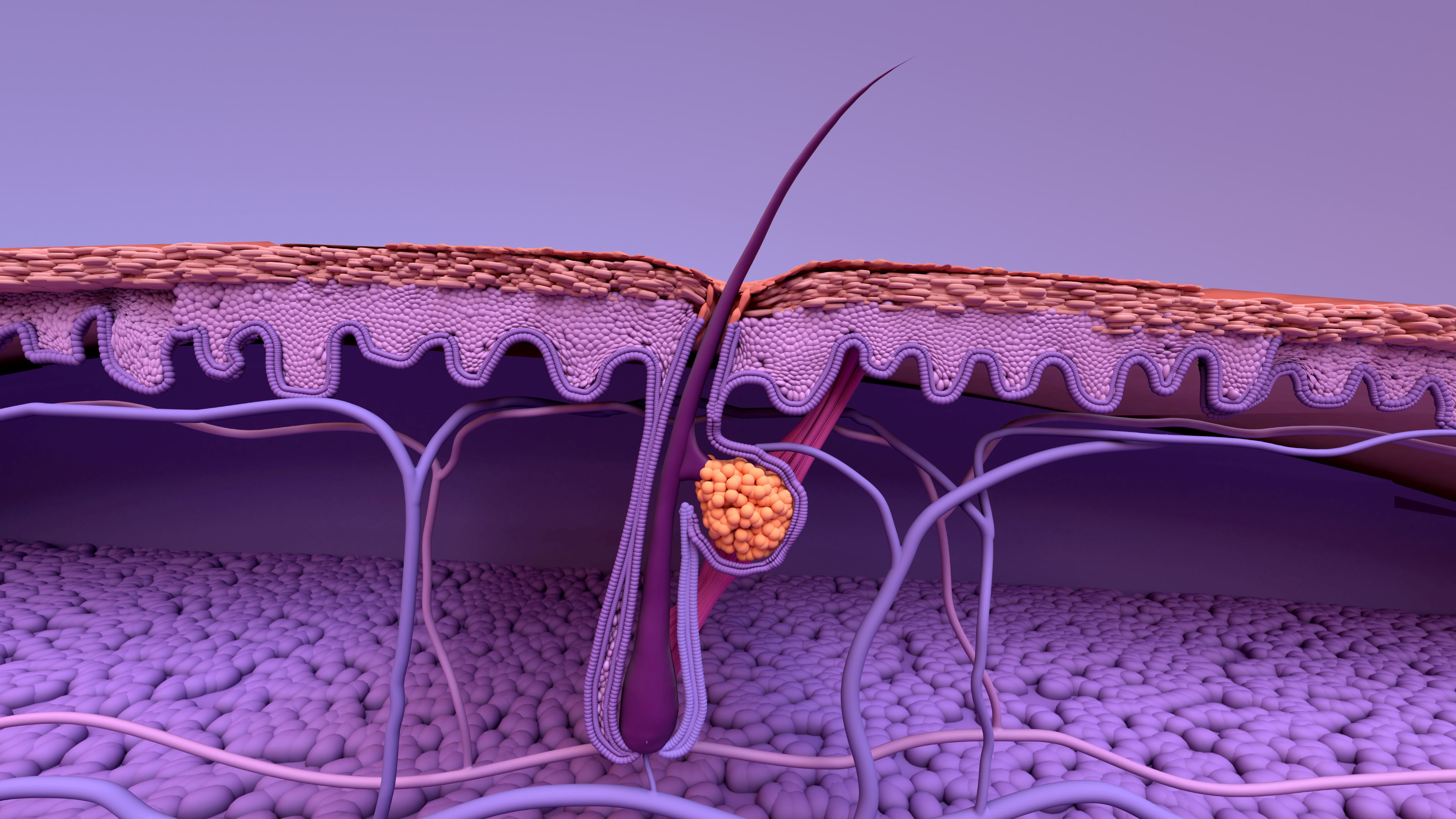What does "cell turnover" even mean?

Over the last 2 Cygnet Stories we’ve covered the basics of how the skin is structured and its main functions. With this as background, we can now delve into explaining some of the processes or terms you may have heard from your favourite beauty brands in their product claims and marketing.
Let’s start with cell turnover! We see and hear claims like “promotes cell turnover” and we assume that’s a good thing but what does it really mean? Cell turnover is a crucial process in the human body and it occurs in many tissues, not just the skin. As the external covering of our body, the skin cops a lot on a daily basis being exposed to the elements, pollution and wear and tear so it’s important for it to have a way to continuously repair and renew and that is exactly what cell turnover is. In the skin, this process involves the shedding of old, damaged skin cells from the top layer, and the generation of new, healthy ones from the deeper layers of the epidermis.
How Does Cell Turnover Work?
Cell turnover in the skin is controlled by stem cells at the bottom and a process called desquamation at the top. Desquamation involves the shedding of dead skin cells from the outermost layer of the skin – the Stratum Corneum. It's like naturally occurring exfoliation. New skin cells are constantly being produced in the deeper layers of the skin, starting in the Stratum Basale, and migrate upwards towards the surface, replacing the old cells that are shed. Generally, it is thought that cell turnover takes on average, one month to occur – that is a cell ‘born’ in the basal layer will take approximately one month to make its way to the top layer of the epidermis and be shed. When we are young, this process is at its peak however as we age, this process (like many others!) naturally slows down.
What does cell turnover mean in terms of skincare?
If the rate of cell turnover is slower, it can lead to a buildup of dead skin cells on the surface of the skin as they are not being shed fast enough. This build up can result in a dull-looking complexion, these dead cells can combine with sebum and clog pores leading to breakouts, and can contribute to the appearance of fine lines and wrinkles. Need any other reasons to make sure your cell turnover is high functioning?! Products that can promote cell turnover often contain ingredients such as:
- retinoids – Vitamin A derivatives i.e. retinol, retinal, retinyl palmitate, tretinoin, etc (see the Cygnet Story on retinoids)
- hydroxy acids (AHAs such as lactic acid, glycolic acid, malic acid and madelic acid; BHAs like salicylic acid or PHAs such as gluconolactone and lactobionic acid!)
- other chemical exfoliants (i.e. enzyme peels) and physical exfoliants (i.e. scrubs)
- benzoyl peroxide – often found in anti-acne products
These products are often marketed as making your skin ‘glow’ which is the idea of increasing cell turnover, but proceed with caution! As described above, increasing cell turnover helps to shed the top layer of cells to prevent pore clogging and reveal the bright and glowy fresh cells underneath BUT, if you overdo it, you will see the opposite effect with flaking, redness and irritation and an angry skin barrier that will take some time to heal.
Always go slow when introducing any new products and especially products that contain ingredients to increase cell turnover. Two additional notes on this:
- Some exfoliating or cell turnover-promoting products can cause purging. This looks like a breakout which may make you want to stop using said product, but is actually a sign that it is working. If your skin is purging, it means that all of the potential breakouts sitting deeper in the skin are coming to the surface more rapidly due to the increase in cell turnover. Once this initial cluster is out of the skin, things should resolve and you’ll have that clear, glowing skin you were after. Michelle Wong has a great article about this which is in the references below
- There are a variety of factors that can affect the rate of cell turnover including genetics (cant do much about that one) and lifestyle factors such as diet, stress, sun exposure and sleep so don’t put too much pressure on your creams and serums!
Like everything, you need to look at the skin in a holistic way, remember consistency is key, and make sure you are ticking as many of the ‘glow’ boxes as possible to see results.
Conclusion
Cell turnover is essential for maintaining healthy, youthful-looking skin. By promoting the shedding of dead skin cells and the generation of new ones, cell turnover helps to improve skin texture, improve the glow of the skin, reduce the appearance of fine lines and wrinkles, and prevent clogged pores and breakouts.
Research has shown that increasing cell turnover can also help to improve the effectiveness of skincare products, as the active ingredients are better able to penetrate the skin and deliver their benefits.
For younger skin with no real skin concerns, it’s good to be aware of what cell turnover is so we can try and prevent or delay the natural slowing of this process, but there is no real need to look for skincare products or treatments that increase it. Protecting your skin with SPF (duh), looking for products with antioxidants, and keeping your skin clean, hydrated and moisturised is a sustainable way to invest in your future skin and keep cell turnover at its peak for as long as possible. If though, you have moderate breakouts, notice your skin is looking dull or you’re starting to notice fine lines creeping in, it might be worthwhile looking for skincare products that can give your cell turnover a little boost. Of course, if these concerns don’t improve, get worse, or are worrying you, always seek the advice of a GP or dermatologist.
References
- Koster MI. Making an epidermis. Ann N Y Acad Sci. 2009 Jul;1170:7-10. doi: 10.1111/j.1749-6632.2009.04363.x. PMID: 19686098; PMCID: PMC2861991.
- Alberts B, Johnson A, Lewis J, et al. Molecular Biology of the Cell. 4th edition. New York: Garland Science; 2002. Epidermis and Its Renewal by Stem Cells. Available from: https://www.ncbi.nlm.nih.gov/books/NBK26865/
- Wong M. Purging vs Breakouts: When to Ditch Your Skincare. Lab Muffin Beauty Science. December 9, 2022. Accessed April 23, 2024. https://labmuffin.com/purging-vs-breakouts-ditch-skincare/



